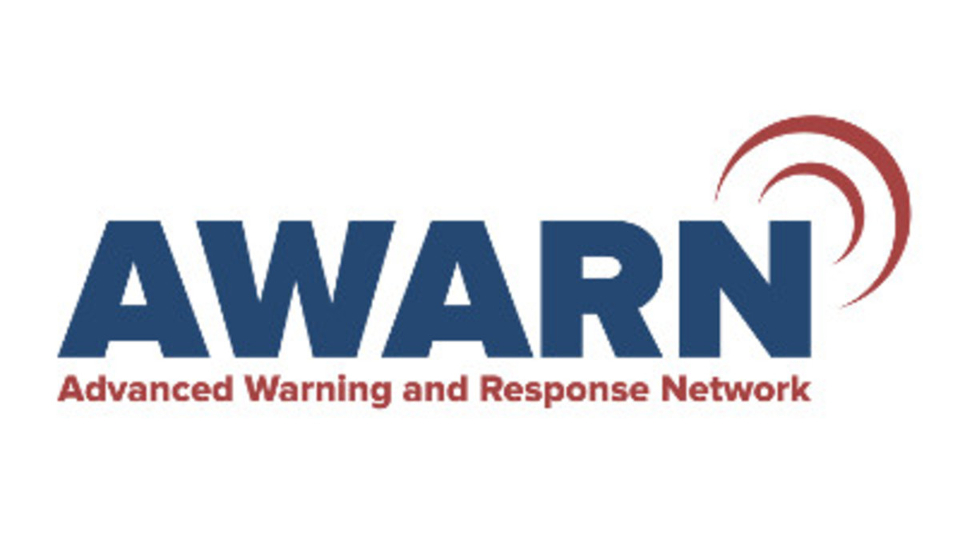AWARN Alliance Looks to Leverage Newsgathering for Emergency Info
ALEXANDRIA, Va.—The Advanced Warning and Response Network (AWARN) Alliance is expanding its mission with the next-generation of emergency alerting to place greater emphasis on news as a source of potentially life-saving information.

“The alliance’s steering committee sees AWARN evolving to become more newsroom-centric,” says John Lawson, AWARN executive director.
While delivering official alerts, such as EAS and EAN notifications, will remain the primary focus of AWARN, the advanced capabilities of ATSC 3.0 enable TV newsrooms to deliver a wider range of emergency-related information, such as evacuation routes, the location of emergency shelters or even where fresh drinking water and plywood are available, he says.
Television stations devote enormous resources to newsgathering that can be leveraged to better inform the public via the advanced features of 3.0 when emergencies arise, he says.
The decision to expand AWARN grew out of a series of workshops and focus groups with emergency managers as well as TV broadcasters from three different regions of the country, says Lawson.
However, both groups expressed some concern about overusing 3.0’s enhanced warning features, such as the TV wake-up function, geo-targeting and rich media, to disseminate emergency information. Doing so might fatigue the public and ultimately desensitize audiences to bona fide alerts, causing them to hesitate to take action or ignore warnings altogether.
“The emergency managers see the best use of ATSC 3.0 alerting being reserved for imminent threat alerting, something that is severe and urgent,” says Lawson. Those from the TV community concurred and said voluntary arrangements are needed with emergency managers about what does and does not qualify for an imminent threat alert.
Get the TV Tech Newsletter
The professional video industry's #1 source for news, trends and product and tech information. Sign up below.
The concept of an on-screen icon for 3.0 viewers to inform them of a possible threat—rather than a banner alert—was discussed. This approach could give viewers control over emergency information, allowing them to click to learn more or to dismiss and disregard.
“The point is to develop a system to deliver the rare alert as well as a service that is capable of delivering more content to consumers on a voluntary basis,” he says.
Interest in taking advantage of 3.0 to deliver this type of information has come from both news-producing and non-news-producing stations as well as commercial and public broadcasters.
“Some stations see this as a way to supplement their news reporting on their main channel by using a digital subchannel,” says Lawson. “Public stations without a regular newscast view it as a way to provide highly localized, critical information to their communities.”
The next step is to organize a series of conversations with TV news directors and other news executives at station groups and stations “to develop a framework to begin using 3.0 for a broader range of information that would be valuable for the communities they serve,” says Lawson.
Part of those discussions will center on the extent to which TV stations rely upon local public authorities for information versus their own reporting. Lawson draws the analogy to the National Weather Service and weather data and graphics vendors.
“There are third-party commercial companies that package weather information and graphics despite the National Weather Service and NOAA offering massive amounts of public data,” he says.
The AWARN steering committee has directed Lawson to establish an operational framework, such as recommended practices, for newsrooms to rely upon to communicate emergency information to their audiences via 3.0, he says.
“We are also hopeful that expanding our footprint to look at emergency information beyond alerting will help us grow our membership,” he adds.
Phil Kurz is a contributing editor to TV Tech. He has written about TV and video technology for more than 30 years and served as editor of three leading industry magazines. He earned a Bachelor of Journalism and a Master’s Degree in Journalism from the University of Missouri-Columbia School of Journalism.

